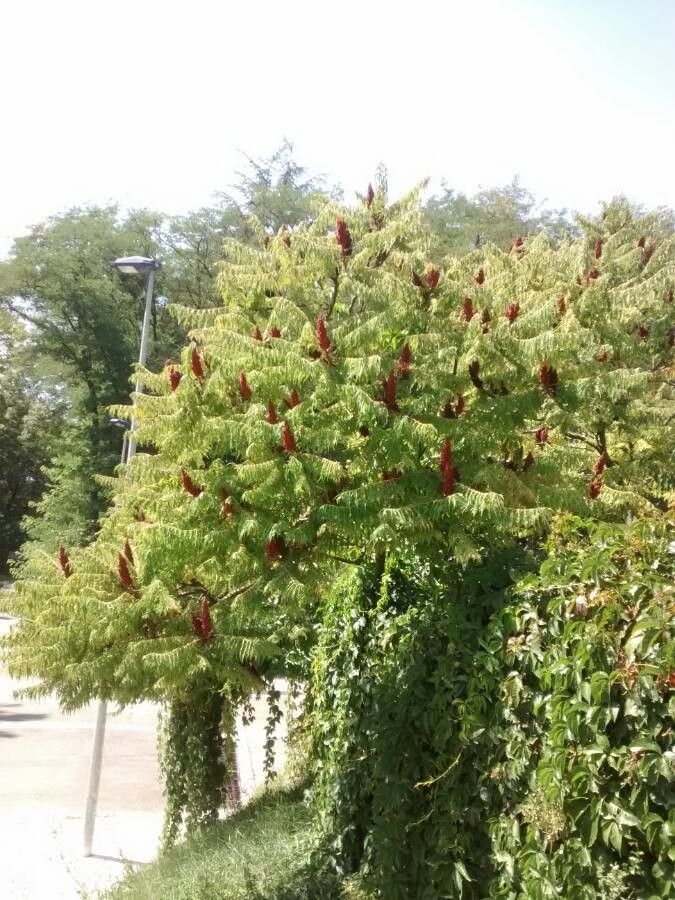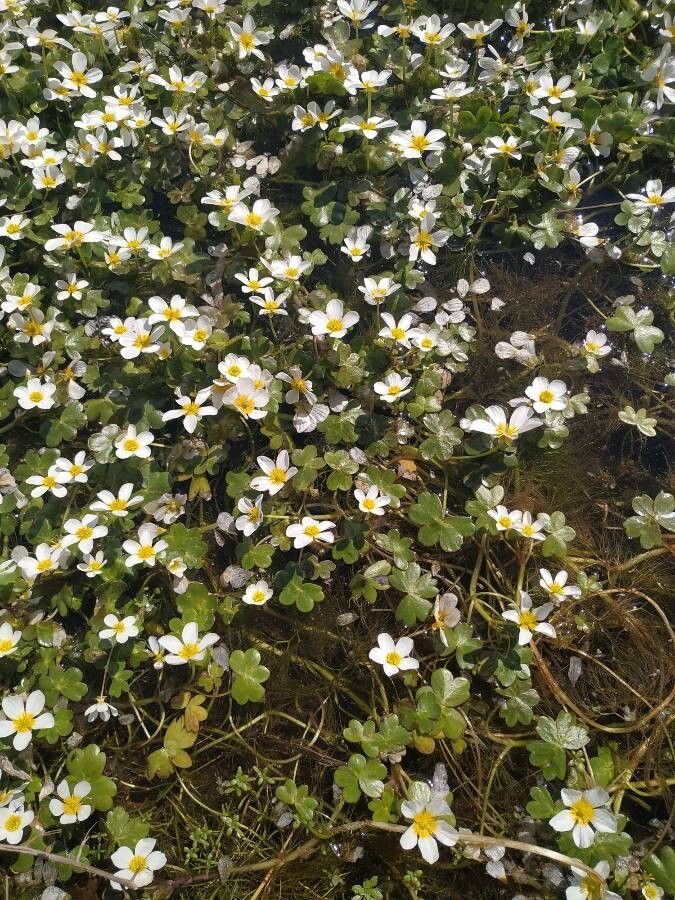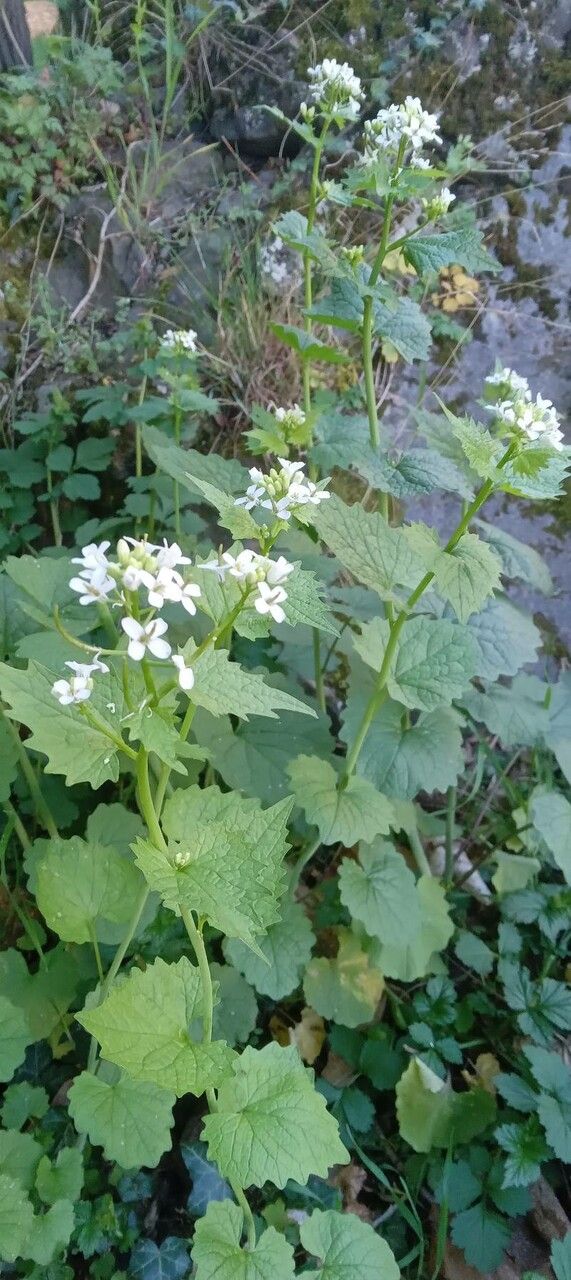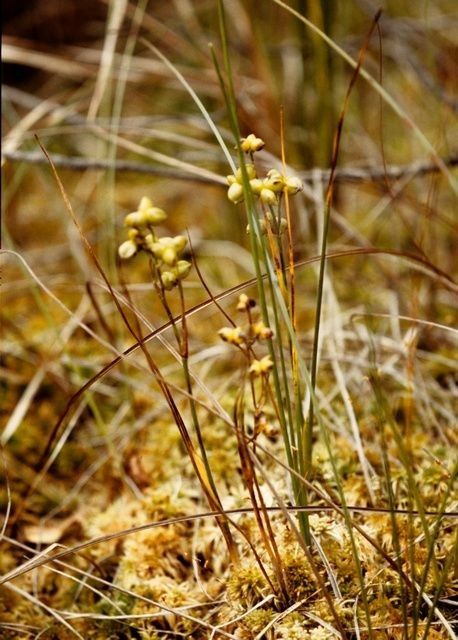## Virginia Sumac: A Vibrant Native Shrub
The Virginia sumac ( *Rhus glabra*) stands out as a striking native shrub, renowned for its vibrant fall foliage and unique characteristics. Belonging to the Anacardiaceae family (which also includes poison ivy – but don’t worry, Virginia sumac is harmless!), this plant offers a wealth of beauty and ecological benefits. Let's delve into the fascinating world of this unassuming but captivating shrub.
### Identification
Identifying Virginia sumac is relatively straightforward. Look for its upright, multi-stemmed growth habit, reaching heights of 8-12 feet. Its leaves are pinnately compound, meaning leaflets grow in pairs along a central stem, with each leaf containing 11-31 sharply serrated leaflets. These leaflets turn a spectacular fiery red, orange, and yellow in autumn, providing brilliant fall color. The fruit, a dense cluster of fuzzy red drupes (small, fleshy fruits), persists through winter, providing food for birds and other wildlife.
### Habitat and Growth
Virginia sumac thrives in full sun to partial shade conditions. It's remarkably adaptable to various soil types, preferring well-drained soil but tolerating even dry, poor conditions. This makes it an excellent choice for low-maintenance landscaping and restoration projects. Its tolerance for poor soil contributes to its success in colonizing disturbed areas. Propagation is easily achieved through seed or suckers (new shoots emerging from underground roots).
### Landscaping and Uses
Virginia sumac’s adaptability and striking fall color make it a valuable asset in landscaping. It’s ideal for naturalizing areas, creating informal hedges, or adding a splash of color to borders. The bright red berries add winter interest and provide sustenance for birds. Keep in mind that its vigorous growth and ability to spread via suckers means it might need occasional pruning to maintain its size and prevent it from becoming invasive.
### Wildlife Value
Beyond its aesthetic appeal, Virginia sumac plays a crucial role in supporting local wildlife. The berries are a significant food source for birds, including Northern cardinals and various species of finches and tanagers. Its dense foliage provides cover for nesting birds and small mammals. Deer may browse on its foliage.
### Potential Concerns
While generally non-toxic, some individuals may experience a mild allergic reaction from contact with the plant. It is always best to wash your hands after handling it. Its vigorous growth habit can make it slightly invasive in some areas, requiring occasional pruning to keep it in check. However, responsible planting and management can easily mitigate these concerns.
### Conclusion
Virginia sumac is a valuable addition to any landscape, offering striking visual appeal and critical ecological benefits. Its tolerance, adaptability, and beauty make it a worthy native plant to consider for your garden or naturalization project. Remember to research your local area to ensure it's the appropriate plant for your region.
Virginia Sumac: Stunning Native Shrub

Frequently Asked Questions
How do I identify Virginia sumac?
Identify Virginia sumac by its upright, multi-stemmed growth, pinnately compound leaves with 11-31 serrated leaflets, and dense clusters of fuzzy red berries in the fall and winter.
Is Virginia sumac poisonous?
Unlike poison ivy, Virginia sumac is not poisonous. However, some individuals may experience a mild allergic reaction from contact, so washing hands afterwards is recommended.


